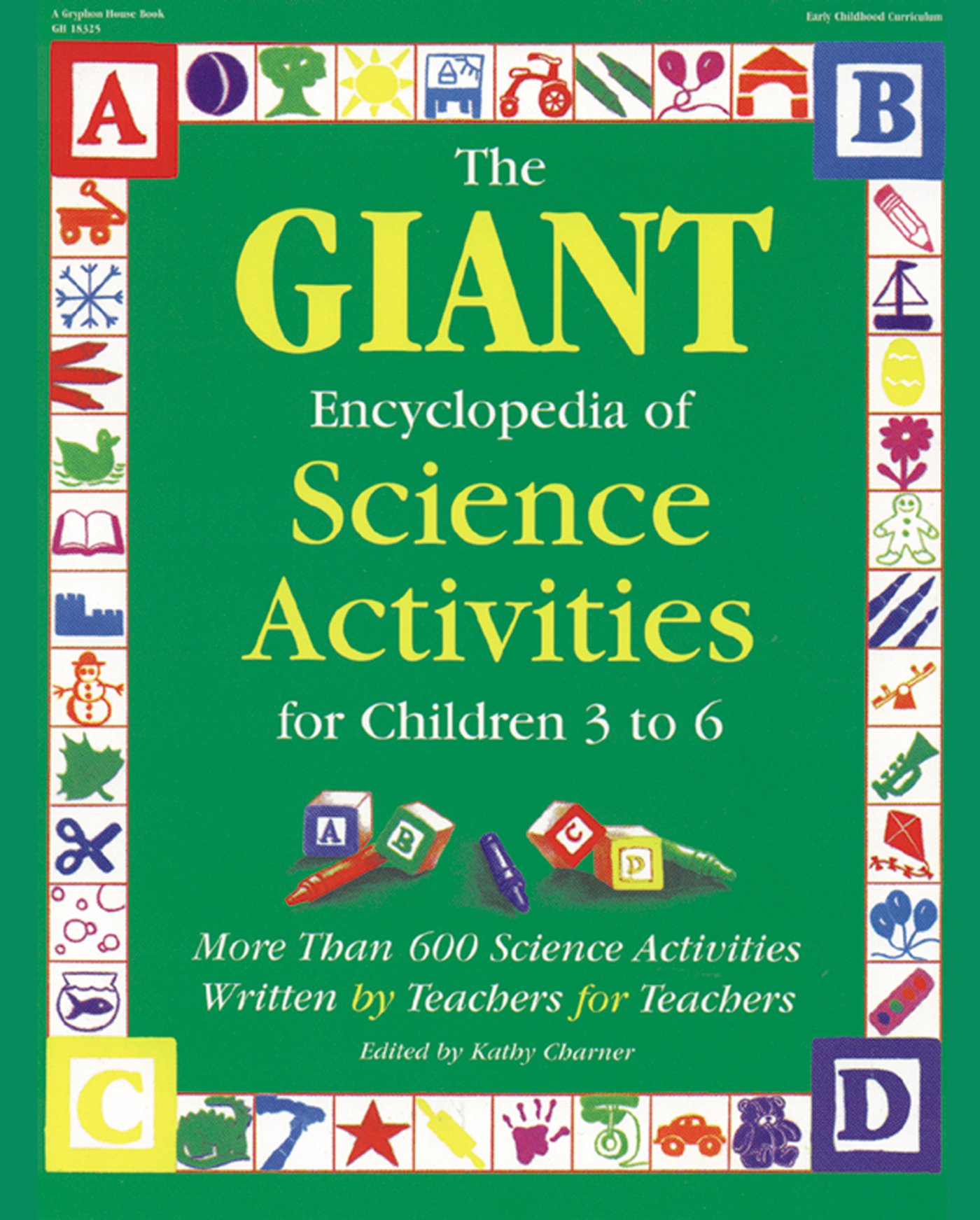Materials
Ice cubes Paper cups
Chart paper and marker Sand
Snow (or shaved ice) Water
Cookie sheet 3 large, shallow baking pans or bowls
Instructions
1. Give each child a paper cup with an ice cube in it. Have the children describe the ice cubesto you. Adjectives they might use include cold, colorless, wet, slippery, tasteless, solid.
2. Ask: "What do you think makes ice stay frozen?" and "What do you think makes ice melt?"Chart the children's thoughts and predictions.
3. Show the children four different simulated environments and label them:ice skating rink (frozen water on a cookie sheet)snow (shallow pan full of snow)sandbox (shallow pan full of sand)swimming pool (shallow pan full of water)4. Give each child a new ice cube in a cup. Ask the children to predict in which environmentthe ice cube will last the longest. Why?5. Children give their pet ice cubes a name and take them on an adventure to the differentenvironments.
6. When play is compete, go back to the prediction list to compare the results.More to doLanguage: Have the children dictate stories of their pet ice cube's adventures for a class book.Each child can illustrate a page.More science: Wrap some ice cubes up in different materials (e.g., plastic wrap, foil, felt).Predict which will melt first, then observe. Compare results with predictions. Fill three bowls withice cubes. Put one bowl in the freezer, one bowl in the refrigerator and one bowl on the table.Have the children predict what will happen with each bowl. Which will melt the fastest? Thenwatch and compare results.
